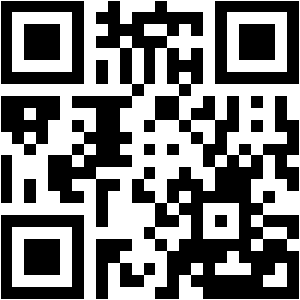BTEC Level 4 Unit 1 Adjustable PCB Inspection Jig Design Assignment Report: Specification, Simulation & Compliance Analysis
| University | Preston College (PC) |
| Subject | Unit 1: Engineering Design |
Scenario:
You work as a design engineer for a small manufacturing company and have been asked to meet with a potential customer. The company mass produces Printed Circuit Boards (PCBs) for laptop computers, in factories across Asia, the Far East and South America. Currently PCBs are being inspected by hand, but errors and damage have occurred on some production lines.
They require an adjustable jig that can be used in all the manufacturing facilities, on each of the production lines, and can hold a variety of different sizes and weights of PCBs. The jig is to be attached to a workbench and it should rotate and swivel to allow inspection of the PCB from any angle and both sides of the board.
Are You Searching Answer of this Question? Request British Writers to Write a plagiarism Free Copy for You.
Task
Part 1: Preparing a design specification
With reference to the customer brief above you should produce a design specification, using a standard template, which meets all the customer requirements. In addition, you should present a project schedule for the design of the product. You should consider the importance, sequence and timing of each activity within your plan and provide illustrations of these.
To determine whether your brief is appropriate you should compare and contrast it with the supplied industry standard specification.
To complete this part, the following elements should also be undertaken:
- Research the characteristics of PCBs used in laptop computers and existing inspection jigs/fixtures/techniques
- Study the customers/stakeholder’s requirements, explaining how these influence the preparation of the design brief
- Explain the use of Critical Path Analysis (CPA) in managing a project
- Evaluate the potential planning techniques available and justify the preferred method.
Part 2: Formulating possible technical solutions
Having completed your design specification, you have been asked to present a suggested design solution, based upon your design specification from Part 1. Your presentation should include an evaluation of at least three different solutions and make the case for your proposed final choice.
To complete this part, the following elements should also be undertaken:
- The use of software to model/simulate/prototype different solutions, based on annotated sketches/CAD models/drawings. Technical Engineering Drawings
- The use of industry standard evaluation techniques, such as cause and effect diagrams, forced decision making or a Pugh matrix. SWOT Analysis
Get Solution of this Assessment. Hire Experts to solve this assignment for you Before Deadline.
Part 3: Preparing an industry standard engineering technical design report
Your manager likes your design proposal and would like you to formally report on this technical solution. You should produce an industry standard design report, and part of this report should incorporate an evaluation of the effectiveness of this report in terms of whether it will allow the production of a finished product that meets the manufacturers and customer’s requirements.
To complete this part, the following elements should be incorporated/considered within your design report:
- An explanation of the role of design specifications and standards
- An assessment of your design solution including an identification of the limitations, compliance, standards, safety, and risk management issues.
- Appropriate referencing and citation should be used.
Part 2: Formulating possible technical solutions
Having completed your design specification, you have been asked to present a suggested design solution, based upon your design specification from Part 1. Your presentation should include an evaluation of at least three different solutions and make the case for your proposed final choice.
To complete this part, the following elements should also be undertaken:
- The use of software to model/simulate/prototype different solutions, based on annotated sketches/CAD models/drawings. Technical Engineering Drawings
- The use of industry standard evaluation techniques, such as cause and effect diagrams, forced decision making or a Pugh matrix. SWOT Analysis
Get Solution of this Assessment. Hire Experts to solve this assignment for you Before Deadline.
Part 3: Preparing an industry standard engineering technical design report
Your manager likes your design proposal and would like you to formally report on this technical solution. You should produce an industry standard design report, and part of this report should incorporate an evaluation of the effectiveness of this report in terms of whether it will allow the production of a finished product that meets the manufacturers and customer’s requirements.
To complete this part, the following elements should be incorporated/considered within your design report:
- An explanation of the role of design specifications and standards
- An assessment of your design solution including an identification of the limitations, compliance, standards, safety, and risk management issues.
- Appropriate referencing and citation should be used.
Learning Outcomes Table
| Learning Outcome | Pass Criteria (P) | Merit Criteria (M) | Distinction Criteria (D) |
|---|---|---|---|
| LO1: Plan a design solution and prepare an engineering design specification in response to a stakeholder’s design brief and requirements |
|
|
|
| LO2: Formulate possible technical solutions to address the student-prepared design specification |
|
|
|
| LO3: Prepare an industry-standard engineering technical design report |
|
|
|
| LO4: Present to an audience a design solution based on the design report and evaluate the solution/presentation |
|
|
|
Stuck in Completing this Assignment and feeling stressed ? Take our Private Writing Services





